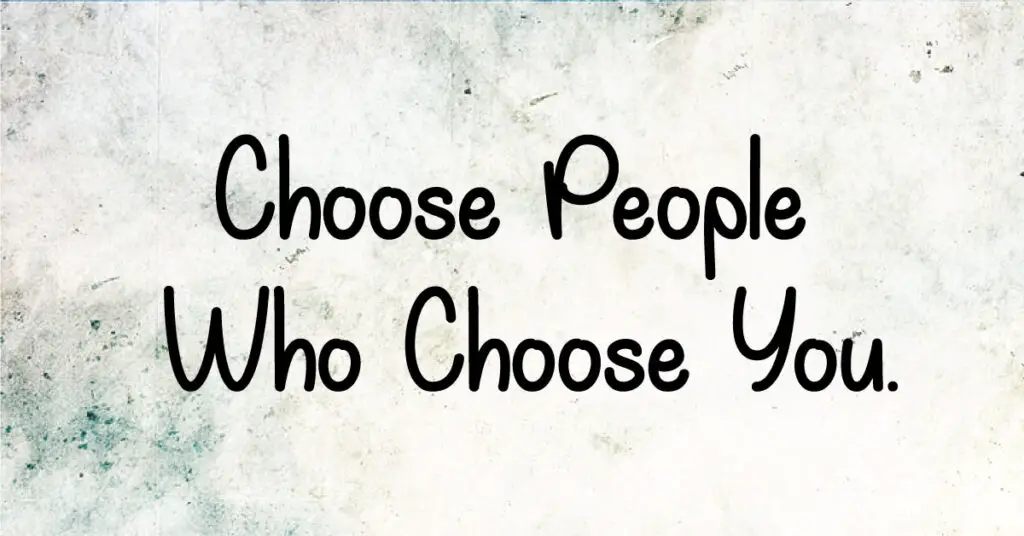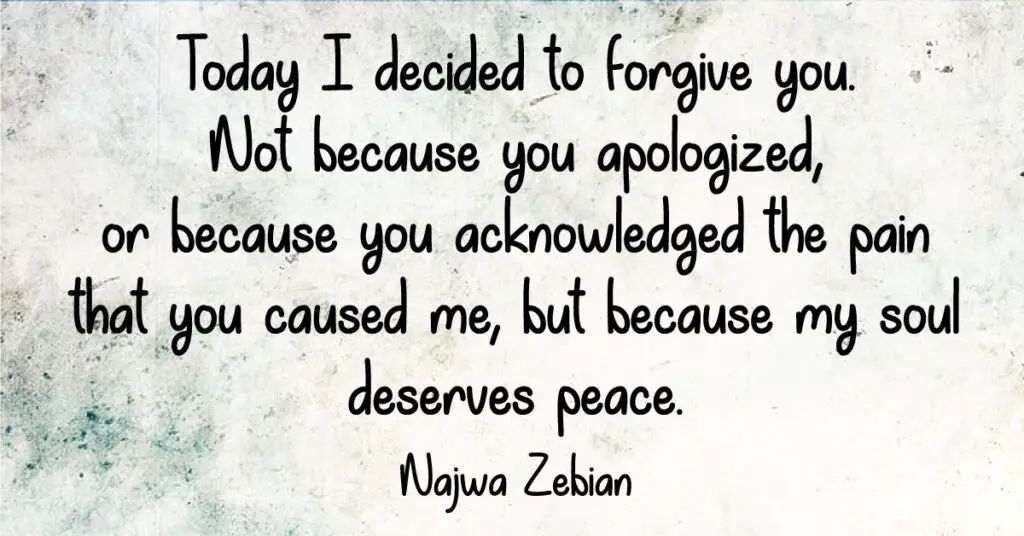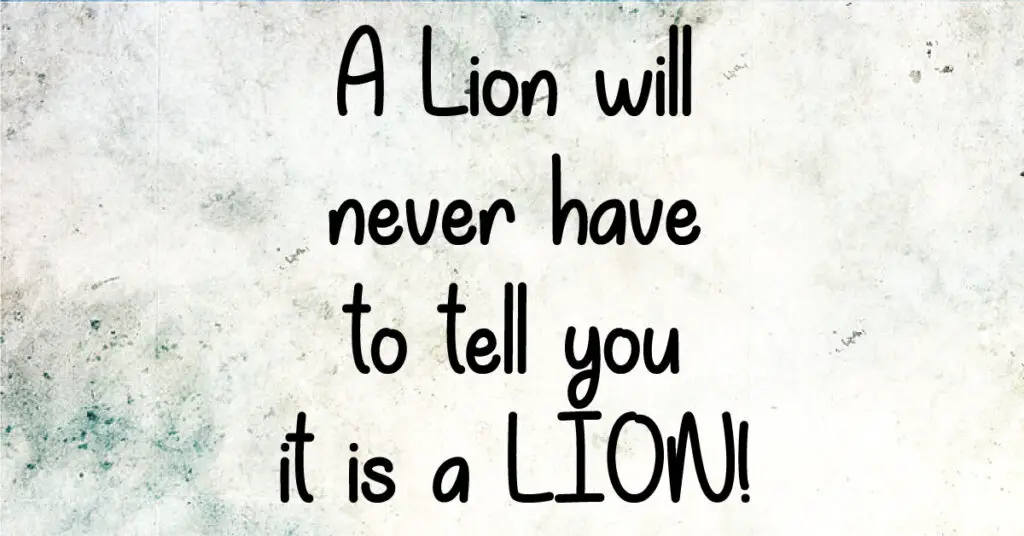The phenomenon of people persistently finding themselves entangled in toxic relationships is a conundrum that mystifies many. These individuals, despite the emotional upheaval and stress they endure, seem to consistently gravitate towards harmful relational dynamics. Unraveling the reasons behind this requires an exploration into the intricate realms of the psychology of attraction, the notion of unmet emotional needs, and the fundamental understanding of self-worth.
It is within these profound psychological constructs that we may begin to comprehend why some continually choose relationships that are more damaging than nurturing. This repetitive cycle of entering toxic relationships is not just a matter of chance, but a complex interplay of deep-seated psychological factors.
The Allure of the Familiar
The dynamics of our relationships in adulthood often mirror our experiences of love, affection, and emotional connection from our earlier years. The roots of this can be traced back to our childhood, a period that plays a pivotal role in shaping our perceptions and expectations of relationships.
During our formative years, if our emotional needs are not adequately met – perhaps due to neglect, lack of love, or even abuse – these unfulfilled needs can deeply impact our psyche. They become imprinted as a kind of blueprint for what we perceive as “normal” in relationships. This could mean that an individual who experienced neglect might unconsciously believe that love equals being ignored.
As adults, we then subconsciously gravitate towards partners who replicate these familiar patterns. For instance, someone whose emotional needs were neglected in childhood might find themselves drawn to emotionally unavailable partners in adulthood. They may not consciously choose this, but the familiarity of the pattern makes it feel comfortable, even when it’s harmful.
In essence, our early experiences set a precedent for our future relationships. Unmet needs from our past can drive us into a cycle of seeking out partners who perpetuate these patterns, leading to a series of toxic relationships. Understanding this is the first step towards breaking the cycle and fostering healthier relationships.
The Fear Factor
The fear of being alone is a potent force that can drive individuals to seek out and maintain toxic relationships. Loneliness can be incredibly daunting, and for some, the prospect of facing it can be more terrifying than enduring a harmful relationship. This fear can be so overwhelming that it motivates people to choose a dysfunctional relationship over solitude.
This fear is not just about physical loneliness, but emotional loneliness as well. It’s the fear of not having someone to share life’s experiences with, the fear of not having a partner to provide emotional support, and the fear of not being loved or wanted. The perceived void created by these fears can seem so unbearable that even a toxic relationship may appear better than no relationship at all.
Consequently, this fear can trap individuals in a vicious cycle of toxicity. Instead of seeking healthier relationships or learning to enjoy their own company, they continually return to damaging partnerships. They might rationalize the toxicity, downplay the harm, or ignore the red flags, all because the fear of being alone overshadows the pain caused by the toxic relationship.
Understanding and confronting this fear is a significant step towards breaking this cycle. It involves recognizing the value of one’s wellbeing over the fear of loneliness, and understanding that being alone does not equate to being lonely. With the right help and support, individuals can learn to break free from the toxic cycle and cultivate healthier relationships.
The Thrill of Chaos
Intriguingly, the tumult and tension that are hallmarks of toxic relationships can be a source of stimulation and thrill for some individuals. It may seem counterintuitive, but high-stress environments can become normalized for those who have frequently experienced them. This can lead to the development of an unusual relationship with stress where it is sought after for the adrenaline rush it provides, rather than avoided due to its distressing nature.
This pattern of seeking out stress and chaos can manifest in the pursuit of volatile relationships. The emotional rollercoaster of such relationships, marked by extreme highs and lows, can provide an adrenaline-fueled excitement similar to extreme sports or high-risk activities. For some, this volatility might even be mistaken for passion, leading to further entrenchment in the toxic dynamic.
However, this cycle is ultimately detrimental. Living in a constant state of stress and turmoil isn’t healthy or sustainable. Over time, it can lead to emotional exhaustion, mental health problems, and a distorted understanding of what a healthy relationship should look like.
Breaking this pattern involves recognizing the destructive nature of this thrill-seeking behavior and understanding that real love and healthy relationships should not involve constant chaos and stress. With self-awareness, professional help, and support, it’s possible to break free from this cycle and seek out healthier, more balanced relationships.
Misunderstood Self-Worth
A person’s sense of self-worth plays a fundamental role in the type of partners they attract and the relationships they maintain. For those with low self-esteem, it’s not uncommon to feel undeserving of love, respect, and kindness in a relationship. This can often lead them to settle for less than they deserve, trapping themselves in toxic situations.
Believing that they aren’t worthy of better treatment, these individuals may accept poor behavior from their partners as the norm. They might convince themselves that they can’t do any better or that they don’t deserve any better. This perception is often rooted in deeper issues of self-esteem and self-worth.
The belief that one deserves to be treated poorly can be a self-fulfilling prophecy, attracting partners who reinforce this negative self-image. Breaking free from this cycle entails recognizing one’s worth and understanding that everyone deserves to be in a relationship where they are treated with respect and kindness. It involves building self-esteem and learning to demand the treatment that one rightly deserves.
Toxic Charm
The allure of toxic partners often lies in their mysterious and intriguing demeanor. They may exude a “bad” vibe that is perceived as exciting, cool, and irresistibly attractive. Their moodiness and aloofness can be mistaken for depth and complexity, drawing people towards them.
Furthermore, toxic individuals, especially those with narcissistic tendencies or emotional unavailability, are often adept at attracting others. They might use charm, flattery, and manipulation to make one feel special and desired. Initially, this can lead to a sense of exhilaration and validation in the relationship.
However, this initial charm and excitement typically fade away as the true nature of the relationship surfaces. The once fascinating partner becomes controlling, manipulative, or emotionally distant. What was once perceived as depth and complexity reveals itself to be toxicity and dysfunction.
Recognizing these patterns and understanding the difference between genuine attraction and the allure of toxicity is crucial. A healthy relationship should not rely on manipulation or control, but rather on mutual respect, understanding, and love.
Final Thought
Comprehending the reasons behind the continuous selection of toxic relationships is key to disrupting this destructive pattern. Self-reflection can provide valuable insights into one’s choices, while therapy can offer professional guidance and tools for change.
Coupled with a strong sense of self-love, these steps can help rewrite an individual’s relationship narrative. Ultimately, it opens the path to healthier, more fulfilling relationships that respect and nurture one’s well-being.








